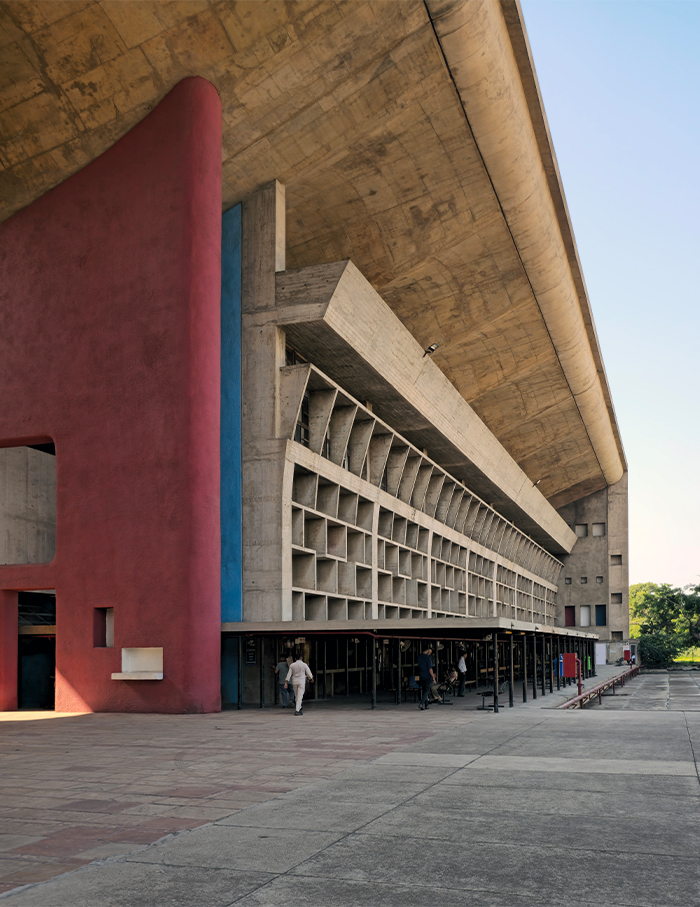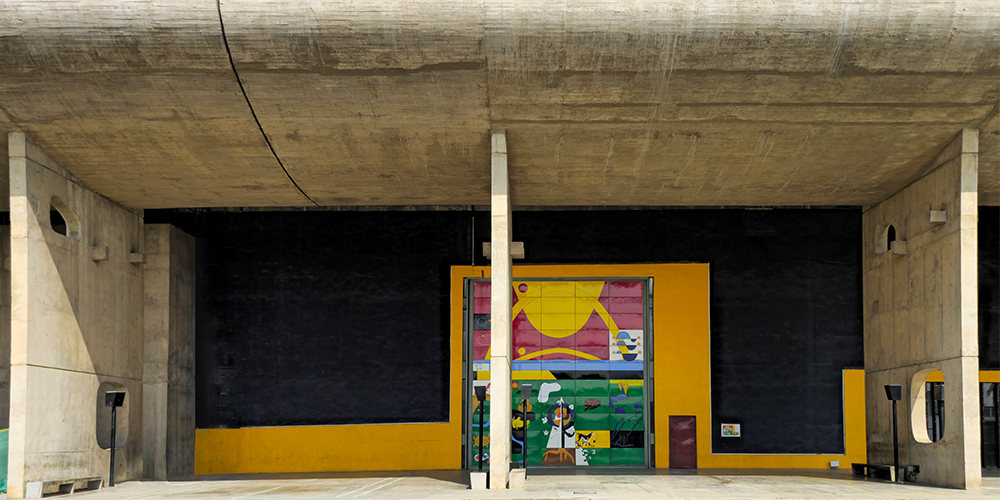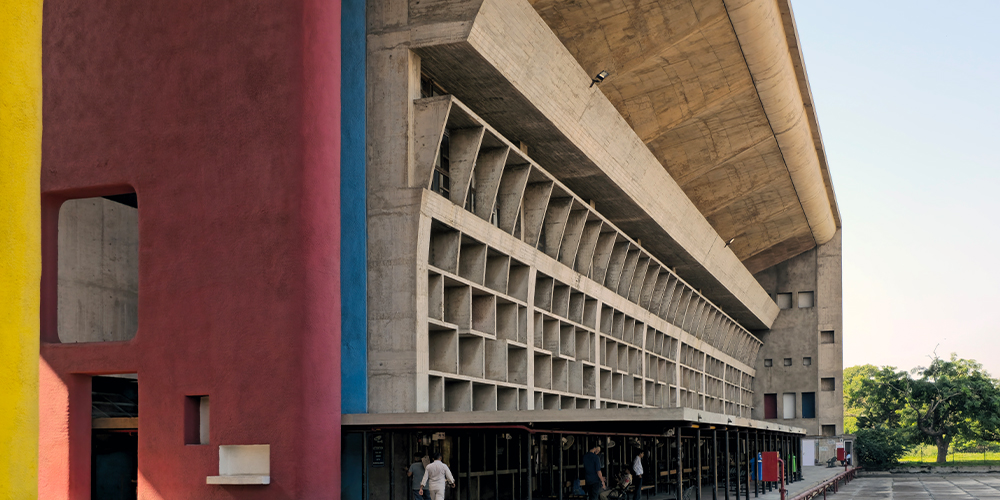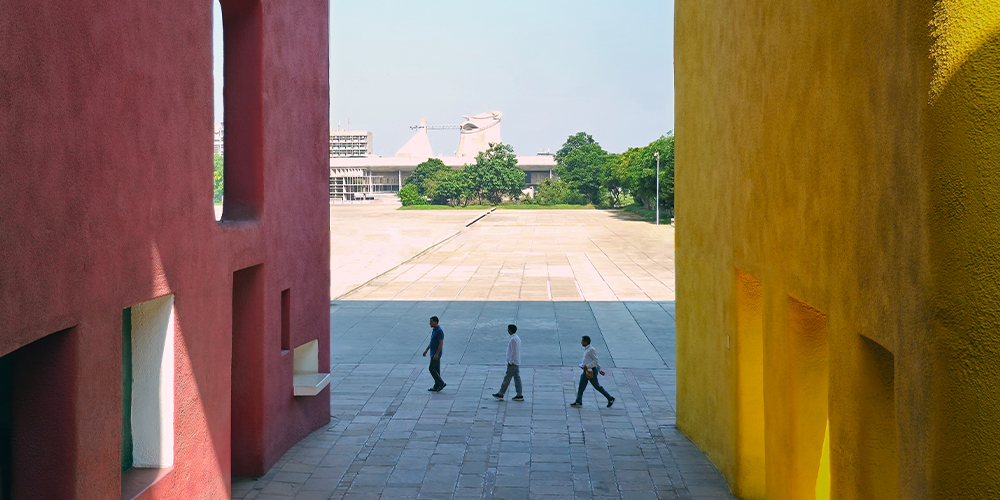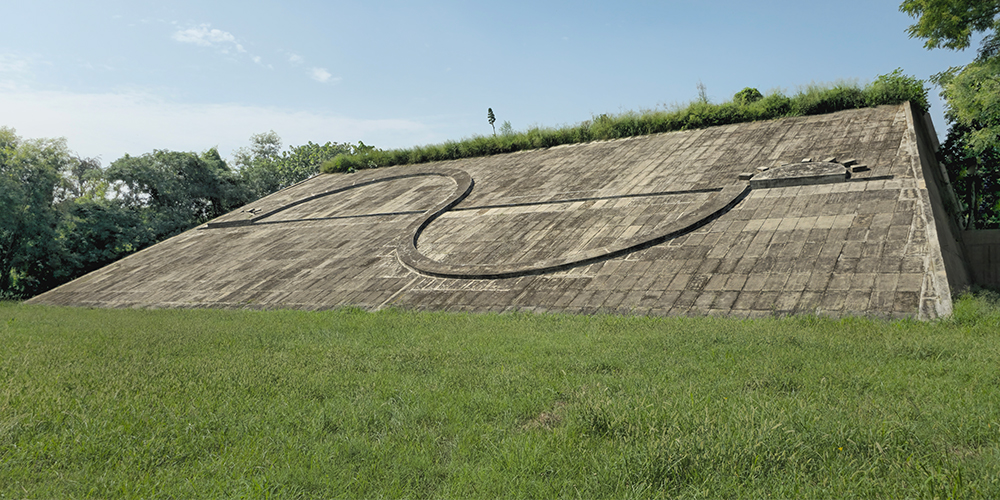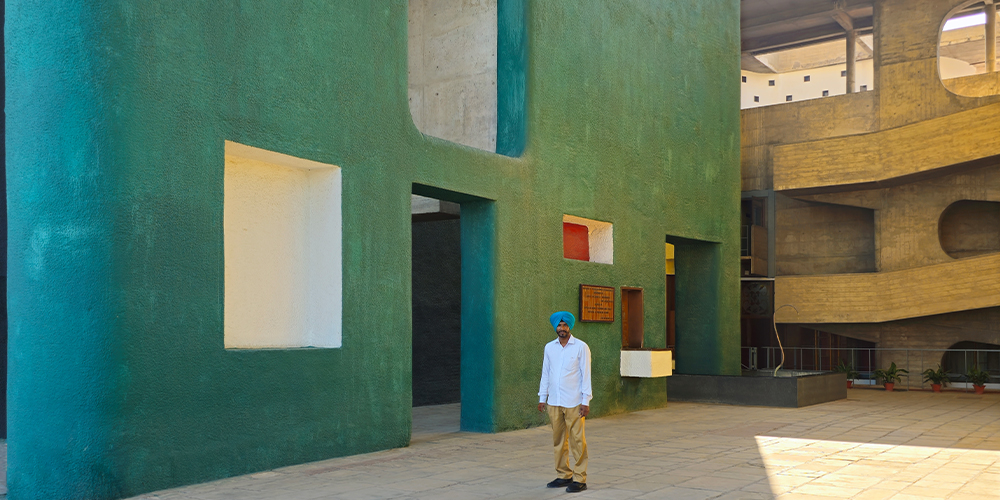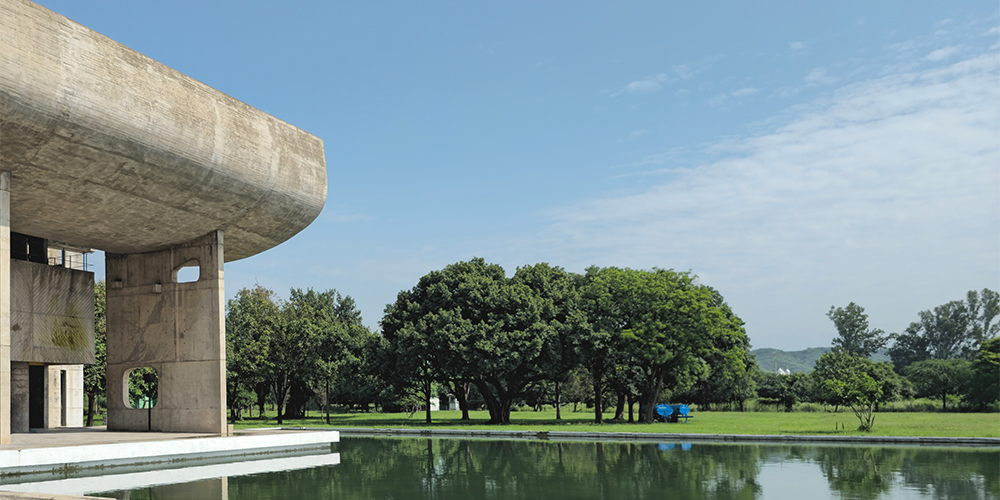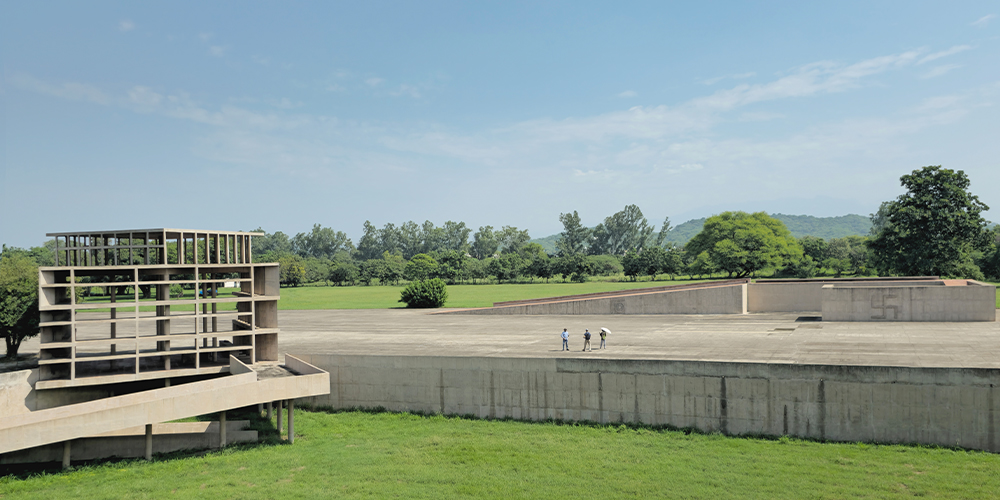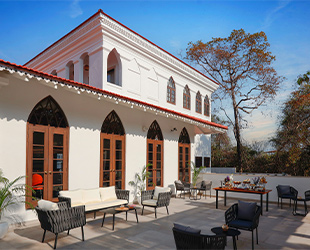Design
City Beautiful, City Perfect: Discover the Chandigarh behind Corbusier’s utopia
NOV 13, 2024 | By Namrata Dewanjee
Often the most flattering albeit low-brow compliment you can bestow on any Indian city is that it “does not look Indian at all.” Blame it on our collective colonial hangover or an acquired taste for all things European and exotic, but what is an Indian city? Perhaps it is laced with delightful irony that despite its gridlines, Chandigarh does not fit into a box. It is neither stereotypically Indian nor is it the poster child of austere Modernism that Le Corbusier pictured, and hoped, it would be. It is a negotiation of ideas and people, who live alongside the lauded ideals of Utopia in the “city of the future.”
Architect Noor Dasmesh Singh of NOOR Architects Consultants, who lives and practices here tells us about its history, “Envisaged after the partition of Punjab, the city’s capital was meant to be untethered from the past. Since cities are like living microcosms, they do need to evolve with time.” Created on the bedrock of displaced agrarian villages and an ancient civilisation, the futuristic metropolis evolves through informality, in the cricket ground behind the Capitol Complex and the rebellion of shopfronts.
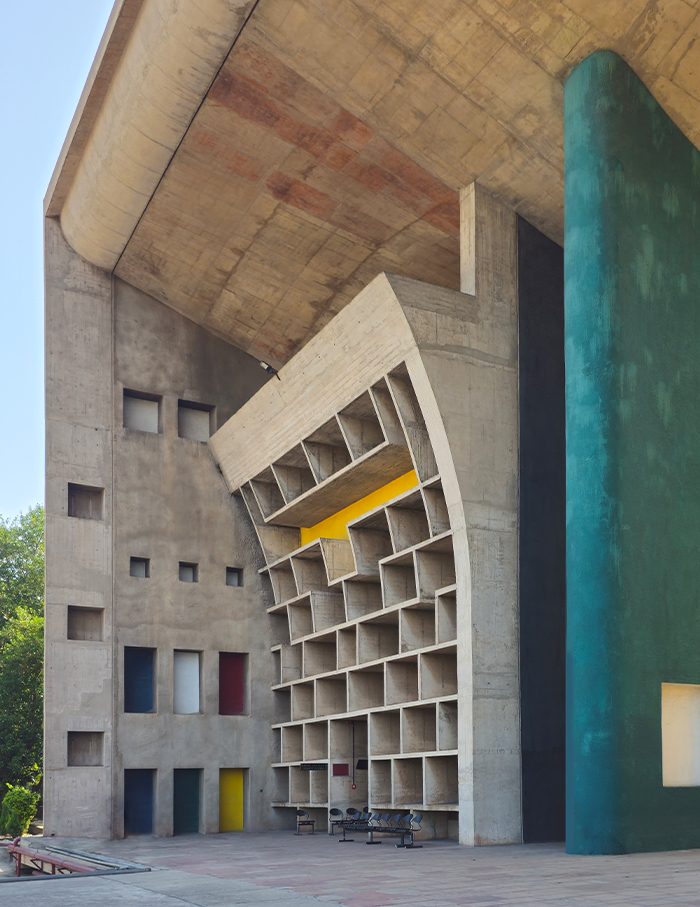
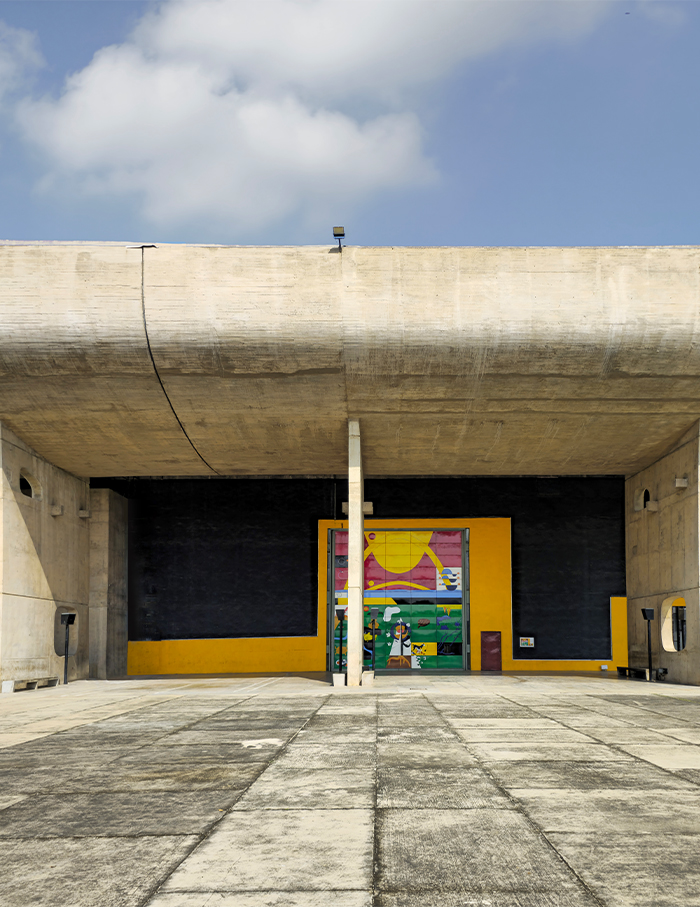
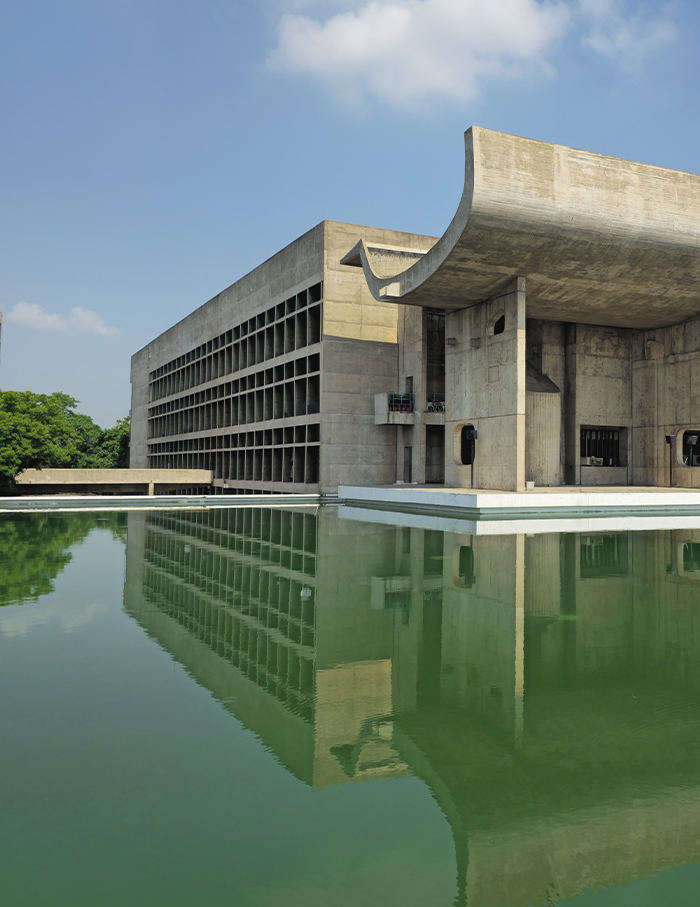
Corbusier, tasked to build this capital, famously based it on the human body, but stated that from the head (the Capitol Complex), “The city should never be seen.” In a bold attempt at reclamation, Foundation Chandigarh FCH, founded by Noor, collaborated with the University of Cambridge, Global Humanities Initiative, Department of Tourism and Chandigarh Administration and Chandigarh College of Architecture in “Celebrating the Capitol and Making of Chandigarh.”
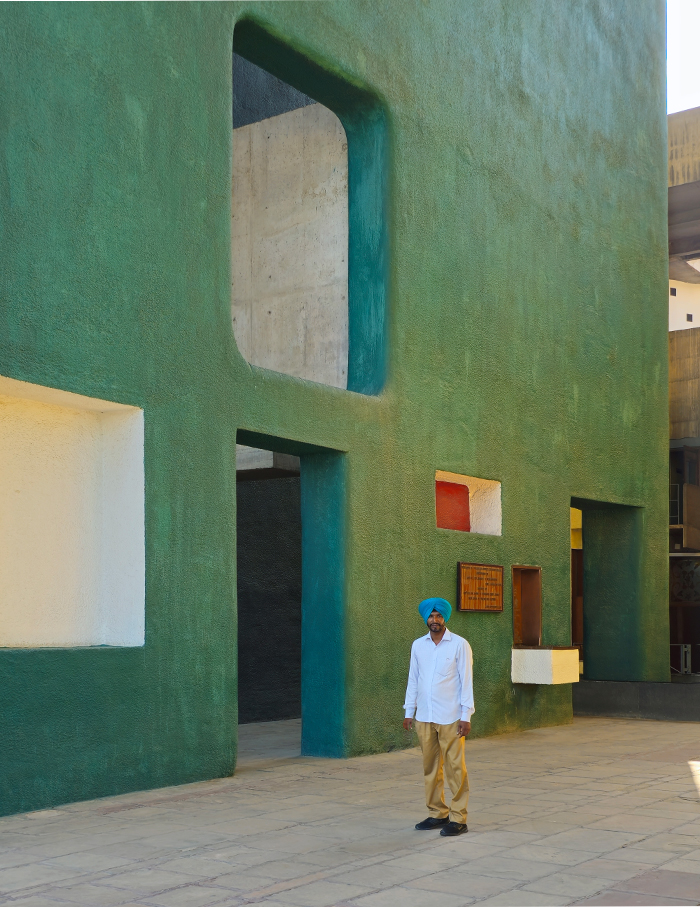
But who made Chandigarh, that is, if a city can ever be made? In 2016, The Capitol Complex was crowned by UNESCO as one of the 17 sites that showcase Corbusier’s Modernist legacy. In the event’s panel discussion, Prof Shruti Kapila OBE mused, “It’s interesting that in the city, we tend to always return to Corbusier, even Jeanneret. But Indians have remade the language of Modernity, the language of thinking, of living. What does India bring to the debate on global modernism?” At the Tower of Shadows, Noor displayed his photographs of the Capitol, merging the object of investigation and the site. Against the storied concrete walls, the scale and the austerity of the Brutalist monument of postcolonial India shine through the imagery.
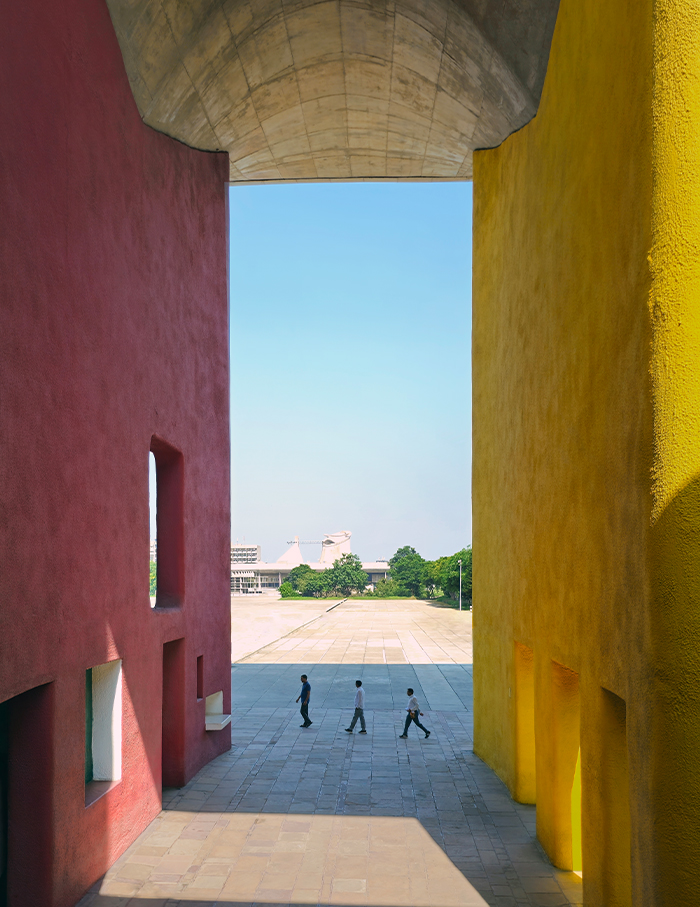
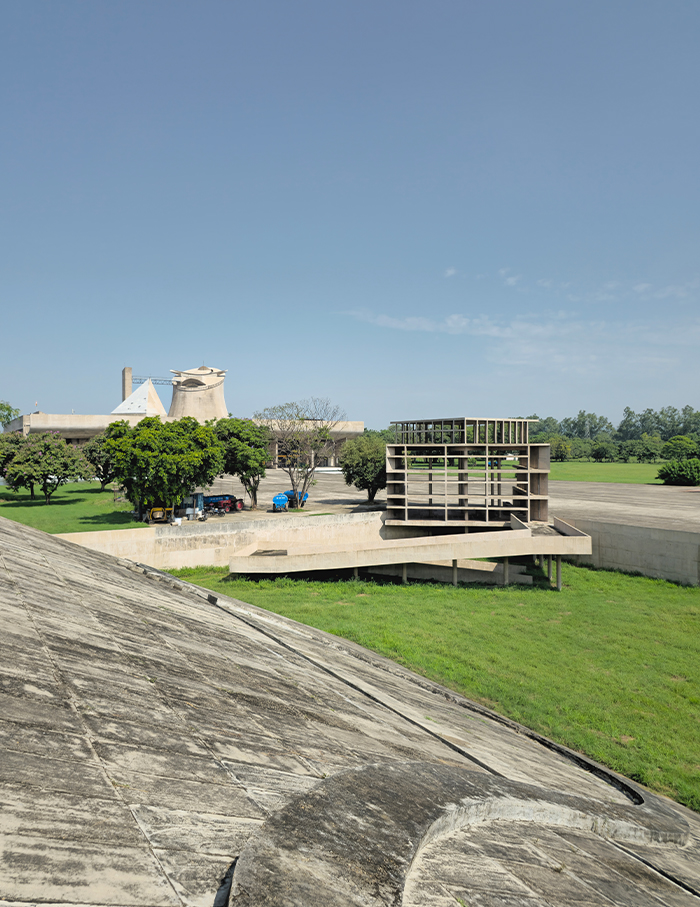
As stark shadows on concrete faded into obscurity, under the Open Hand monument, Dr Christopher Turner, Keeper of Art, Architecture, Photography and Design at Victoria & Albert Museum, London ended his keynote address on a provocation, “Can’t we add to all the Le Corbusier and Pierre Jeanneret Museums in Chandigarh, one celebrating these pioneering Indian architects, who did most of the work to make it before all the evidence of their contribution is lost?” He suggested the museum should occupy the Old Architects Office, opposite the Le Corbusier Center, to “balance the story.” But that’s the thing about cities — even the ones that claim to be built from scratch — their stories are constant palimpsests, forever destined to exist in flux, no matter how Utopian they may be.
